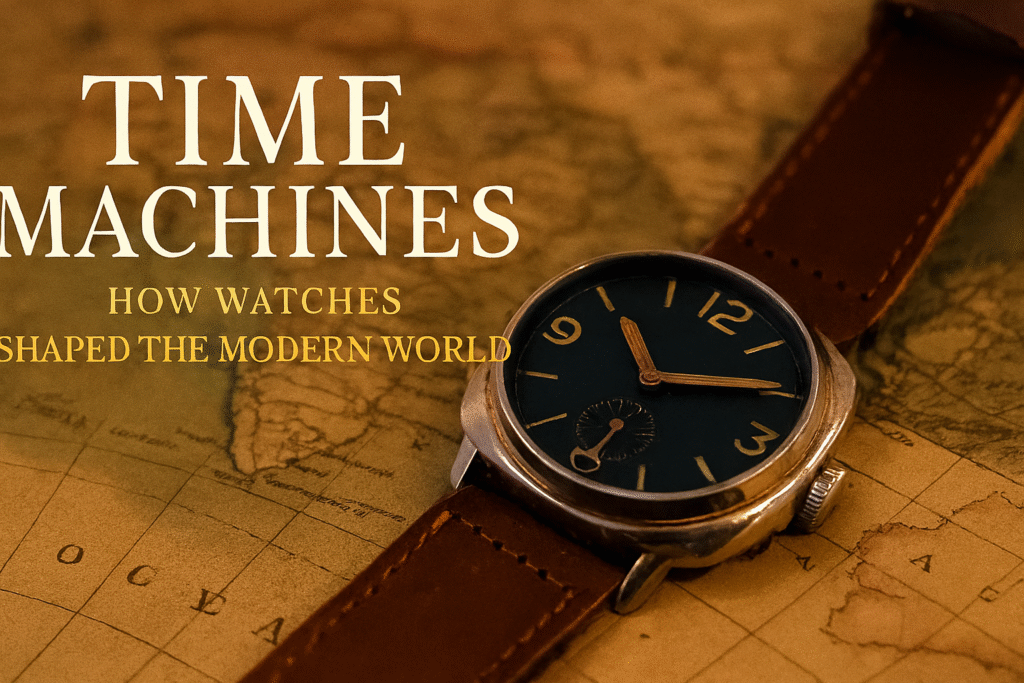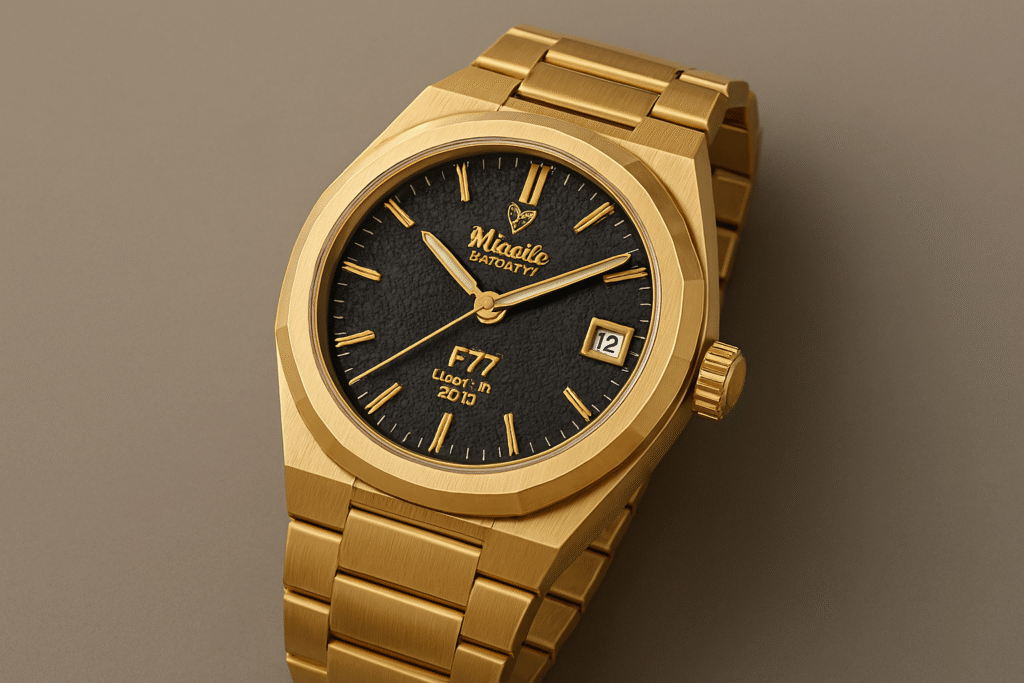Introduction: How Watches Shaped the Modern World
Time Machines – How Watches Shaped the Modern World explores 100 iconic watches. It explains how wristwatches evolved from practical tools into symbols of culture, design, and personal style. From early pilot watches to modern smartwatches, the book illustrates the evolution of watches and their impact on fashion, technology, and society.
Understanding the Evolution of Watches
- Why wristwatches replaced pocket watches
- Iconic timepieces that transformed watch design and technology
- How watches reflect culture, fashion, and personal identity
- Why wristwatches continue to influence style and lifestyle
Related content: The History of Luxury Watches and Omega Speedmaster History.
Wristwatch Milestones and Modern Watch History
In the early 20th century, wristwatches became essential for soldiers, pilots, and explorers. They offered faster access to time than pocket watches. Over decades, watches evolved into:
- Tools for navigation, diving, and racing
- Symbols of status and achievement
- Fashionable accessories reflecting style and taste
See also: Rolex History and Iconic Models and Fondation de la Haute Horlogerie for insights into global watch culture.
Iconic Timepieces That Shaped Modern Watch History
The book highlights watches that defined eras:
- Cartier Santos (1904): First wristwatch for pilots
- Rolex Oyster (1926): First waterproof case
- Omega Speedmaster (1969): Worn on the moon
- Swatch (1983): Made watches fashionable and accessible
- Apple Watch (2015): Combined traditional timekeeping with digital features
Why Collectors Should Explore the Evolution of Watches
Time Machines connects history, design, and culture. Readers see how watches influenced fashion, technology, and lifestyle. The book shows why these timepieces matter and their role in shaping modern watch history.
FAQs
Q: How many watches are featured?
A: 100 watches from 1900 to today.
Q: Are smartwatches included?
A: Yes, including the Apple Watch.
Q: Who should read this book?
A: Collectors, designers, and anyone interested in watch history.
Q: What makes it unique?
A: It blends cultural stories with technical milestones in watchmaking.
Introduction
This comprehensive Watch Buying Guide answers the most common questions about timepieces.
Whether you’re purchasing your first watch or adding to your collection, these expert insights help you make informed decisions.
From understanding movement types to choosing the right size for your wrist, you’ll find everything needed before making a purchase.
What Types of Watches Should You Consider? – Watch Buying Guide Insights
Understanding the five main categories helps narrow your options:
- Mechanical watches – Use springs and gears. No battery needed.
- Quartz watches – Battery-powered; most accurate.
- Automatic watches – Wind themselves from wrist movement.
- Digital watches – Display time numerically on a screen.
- Smartwatches – Connect to your phone and track fitness data.
Accuracy Expectations – Watch Buying Guide Tips
- Quartz watches – Lose about 15 seconds per month.
- Mechanical watches – Lose 20–40 seconds per day.
- Atomic watches – Lose 1 second every 100 million years.
- Your phone’s clock stays perfectly accurate.
Water Resistance Considerations
Water resistance ratings affect usage scenarios:
- 30m – Handles rain and handwashing
- 50m – Safe for swimming
- 100m – Suitable for snorkeling
- 200m+ – Scuba diving
Replace gaskets every 2–3 years to maintain resistance.
Maintenance Schedule – Watch Buying Guide Advice
- Quartz watches – Battery replacement every 1–3 years.
- Mechanical watches – Full service every 3–5 years.
- Service costs: $200–800 depending on the brand.
Watch for stopping, running fast/slow, or condensation under the crystal.
Pricing Strategy
- Budget watches – Plastic cases, basic movements
- Mid-range watches – Steel cases, reliable mechanisms
- Luxury watches – Precious metals, hand-finished details
Remember: craftsmanship, materials, and brand prestige drive prices.
Sizing Advice
- 6–7 inch wrists – 38–42mm
- 7–8 inch wrists – 40–44mm
- 8+ inch wrists – 42–46mm
Ensure lugs don’t overhang wrist edges.
Complications to Prioritize
- Date display – Useful daily
- GMT hand – Second time zone
- Chronograph – Stopwatch
- Moon phase – Decorative
- Annual calendar – Adjusts month lengths
More complications = more things that can break.
Maintenance Tips
- Clean with a soft cloth
- Avoid extreme temperatures & magnets
- Wind manual watches daily
- Use watch winders for automatics
- Don’t adjust date between 9 PM–3 AM
Investment Potential
- Most watches lose value after purchase
- Only select Rolex, Patek Philippe, Audemars Piguet models appreciate
- Vintage watches from 1960s–70s show strong growth
- Buy watches you enjoy wearing, not solely for investment
Essential Tools
- Spring bar tool
- Case back opener
- Soft polishing cloth
- Watch cushion
- Demagnetizer
Where to Purchase
- Online – Better selection, often cheaper
- Physical stores – Try before buying
- Authorized dealers – Full warranties
- Grey market – Discounts, limited warranty
- Forums/eBay – Vintage pieces, verify authenticity
Learn More:


